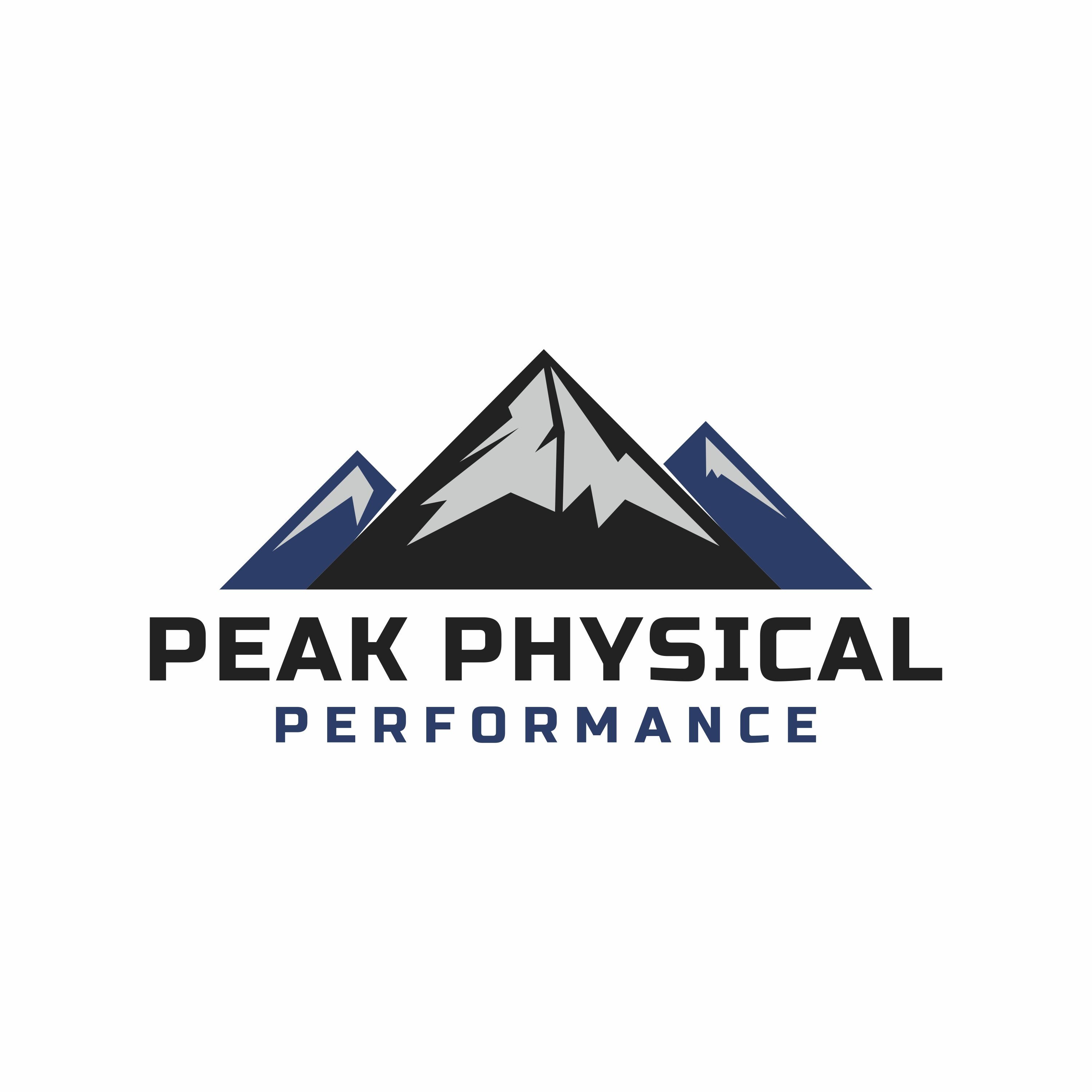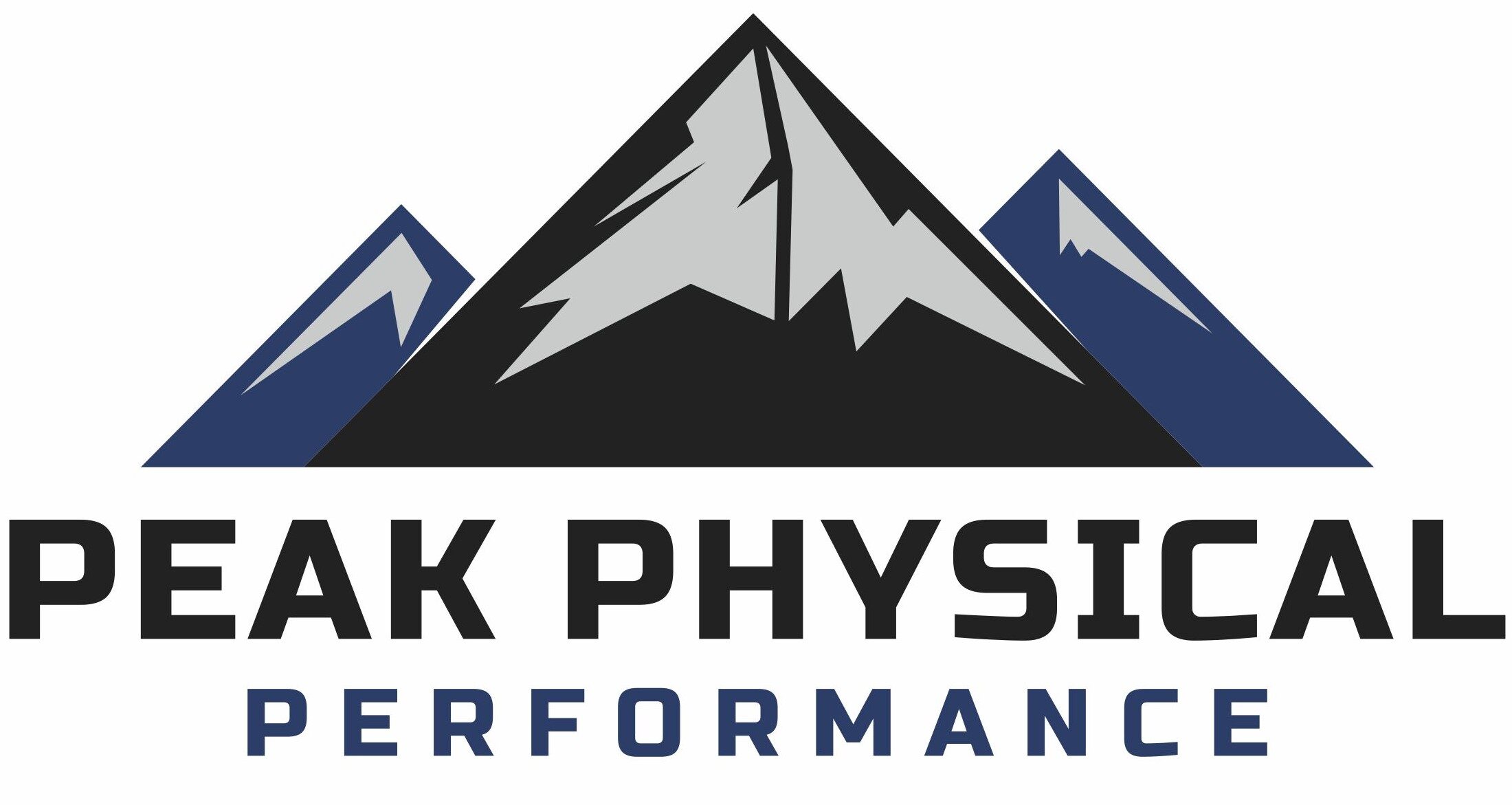What Is Breathwork and Why Does It Matter in Physical Therapy?
Breathwork refers to intentional, controlled breathing techniques that influence physical and mental health. In physical therapy, breathwork is an emerging practice with powerful benefits—from improving posture and core strength to helping patients manage chronic pain and stress.
The Connection Between Breathing and Core Stability
Did you know your breathing pattern directly affects posture and movement?
The diaphragm, your main breathing muscle, also plays a critical role in core stabilization. It works in harmony with the pelvic floor, transversus abdominis, and deep spinal muscles to create intra-abdominal pressure, stabilizing your spine during movement1.
🧠 Shallow or chest-dominant breathing can lead to poor posture, back pain, and decreased performance in rehab exercises.
Breathwork Techniques for Chronic Pain Relief
Chronic pain is often amplified by stress and a hyperactive nervous system. Breathwork can help shift the body from a sympathetic (fight or flight) state to a parasympathetic (rest and recover) state.
Effective breathing techniques include:
- Diaphragmatic breathing
- Box breathing (4-4-4-4 rhythm)
- Paced breathing (inhale for 4, exhale for 6+)
These methods reduce pain sensitivity, calm the mind, and support long-term healing2.
Using Breathwork for Movement Retraining
In rehabilitation, timing your breath with movement can improve motor control and reduce injury risk. For example, exhaling during exertion (like standing up or lifting) enhances trunk control and reinforces safe movement patterns.
Breathwork also enhances focus and proprioception—especially helpful in post-surgical recovery or neurological rehab.
Breathing to Support Recovery and Reduce Stress
Healing requires more than exercises—it also requires rest, recovery, and emotional resilience. Studies show that breath-focused techniques can:
- Lower cortisol (stress hormone)
- Reduce blood pressure
- Improve sleep quality3
By teaching patients how to breathe intentionally, physical therapists empower them to support their own recovery—even outside the clinic.
5 Ways to Integrate Breathwork into Physical Therapy
- Posture Training: Use breath assessments to correct dysfunctional patterns like forward head posture or kyphosis.
- Core Strengthening: Activate deep core muscles through diaphragmatic breathing before core exercises.
- Manual Therapy: Pair soft tissue work with deep breathing for better relaxation and results.
- Chronic Pain Rehab: Introduce breathwork in fibromyalgia, tension headaches, or low back pain therapy.
- Mind-Body Programs: Add breathing techniques to mindfulness-based rehab plans.
Conclusion: The Breath as a Rehab Superpower
Breathwork is more than a relaxation technique—it’s a foundational rehab tool. It enhances core stability, reduces pain, supports recovery, and empowers patients to be active participants in their healing journey.
If you’re a physical therapist, start using breathwork in your sessions.
If you’re a patient, ask your PT about incorporating breathing exercises into your recovery plan.
References
- Hodges, P. W., & Gandevia, S. C. (2000). Activation of the human diaphragm during a repetitive postural task. The Journal of Physiology, 522(1), 165–175. https://doi.org/10.1111/j.1469-7793.2000.t01-1-00165.x ↩
- Busch, V., et al. (2012). The effect of deep and slow breathing on pain perception. Pain Medicine, 13(2), 215–228. https://doi.org/10.1111/j.1526-4637.2011.01243.x ↩
- Brown, R. P., & Gerbarg, P. L. (2005). Yogic breathing for stress and depression. The Journal of Alternative and Complementary Medicine, 11(4), 711–717. https://doi.org/10.1089/acm.2005.11.711 ↩



No responses yet